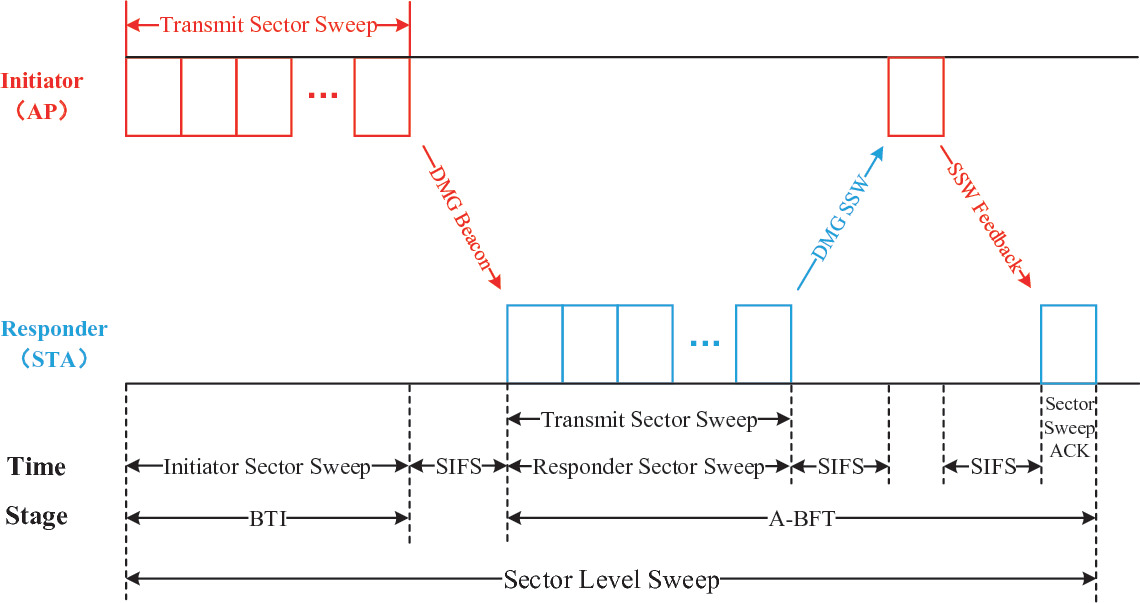
- MVVM LIGHT VISUAL STUDIO FOR MAC UPDATE
- MVVM LIGHT VISUAL STUDIO FOR MAC PORTABLE
- MVVM LIGHT VISUAL STUDIO FOR MAC CODE
- MVVM LIGHT VISUAL STUDIO FOR MAC WINDOWS
Like we mentioned, you will see 4 projects in the newly created solution.
MVVM LIGHT VISUAL STUDIO FOR MAC WINDOWS
You will end up with three assemblies (iOS, Android, Windows Phone) packed into three packages. The shared files will automatically be linked into the three projects by Visual Studio when the applications get built. This is the same architecture than in a Windows Universal application.
MVVM LIGHT VISUAL STUDIO FOR MAC CODE
In this architecture, you still have three applications (iOS, Android, Windows Phone) and a shared “virtual folder” in which you can place the shared code and XAML.

This kind of architecture builds 4 different assemblies (iOS, Android, Windows Phone, PCL) which will be packed into three different packages (iOS, Android, Windows Phone). This is the case we are going to take for the demo in this article. In the PCL case, you will have three applications (iOS, Android, Windows Phone) and one additional project (PCL) in which you will put the shared code and the shared XAML.
MVVM LIGHT VISUAL STUDIO FOR MAC PORTABLE
Note that you have two possible choices: Using a Portable Class Library (PCL) for your business logic, or using shared files. Here is a quick sample with two pages and navigation.įirst, let’s create a new Xamarin Forms application supporting Android, iOS and Windows Phone. Thanks to the built-in DataBinding support in Xamarin Forms, using MVVM Light is even more straightforward than is classic Xamarin.

But hey, this is bleeding edge, and I am sure that these small issues will get sorted out eventually. It is when you miss the tools we are used to that we finally realize what an amazing job Microsoft did with their XAML development environment. Looking forward to that, and to enabling design time support through MVVM Light! Not much intellisenseĪlmost more annoying than the lack of a designer, Intellisense doesn’t work well in the XAML editor on Visual Studio either. However Xamarin Forms is very young and I have no doubt that XAML support will make a designer possible. If you try to open such a page in Blend, it won’t even render a design surface. No designerĪt the time of writing, there is no designer support for the Xamarin Forms XAML. Even though the XAML looks a bit different from the traditional Windows-based XAML, with different namespaces and different controls, it is a promising first step on getting designer support and a closer development experience from the awesomeness that is the development experience in the Microsoft XAML world. In addition, and maybe most importantly, Xamarin Forms supports DataBinding! This is great because it lowers the learning curve greatly for people coming from the XAML space into iOS and Android. While you can build the whole UI in code behind (just like on Windows platforms), you can also have a XAML front end coupled with a C# code behind. One thing interesting with Xamarin Forms is the introduction of XAML as UI language for all supported platforms. Tabbed page rendered on Windows Phone (pivot) The screenshots below ( taken from the Xamarin Forms documentation) show this in action. On each of these platforms, the most appropriate user experience is used. For example a tabbed page will be rendered differently for on Android, iOS and Windows Phone. The existing controls should cover a large range of scenarios.Īt run time, the controls are rendered differently for each platform. When you build the application, you select the most appropriate control for your purpose. Of course we can expect these numbers to grow any time soon with new elements to build flexible applications.

The package currently includes 5 different page types, 7 layouts and 24 controls. Xamarin created a collection of pages and controls. This framework called Xamarin Forms allows easy sharing of not only business code (like the “traditional” Xamarin offering) but also UI.
MVVM LIGHT VISUAL STUDIO FOR MAC UPDATE
Update 3: Fixed my faulty assertions about the StaticResource.Ī few weeks ago, Xamarin released a new framework on top of their Xamarin solution. Updated the article to reflect this fact. Update 2: The always awesome Daniel Plaisted made me aware that you can, in fact, add one Nuget package to multiple projects at the same time.


 0 kommentar(er)
0 kommentar(er)
